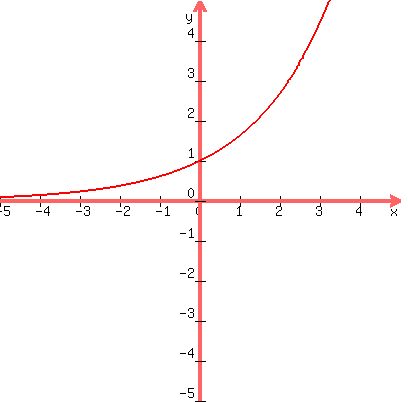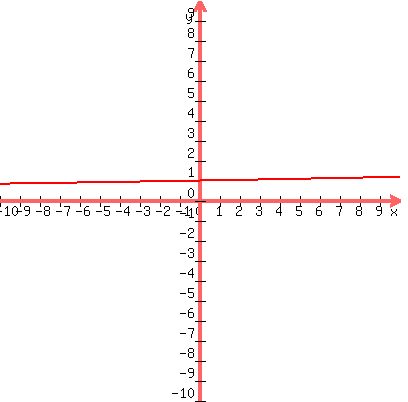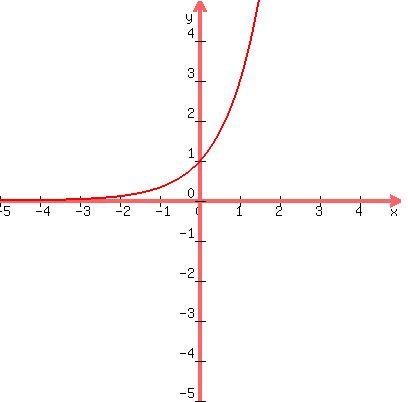\r\n" );
document.write( "Exponential decay is always represented by a curve that's\r\n" );
document.write( "going down on the far right, approaching a horizontal line,\r\n" );
document.write( "usually the x-axis. \r\n" );
document.write( "\r\n" );
document.write( "1. \r\n" );
document.write( "\r\n" );
document.write( "
\r\n" );
document.write( "\r\n" );
document.write( " \r\n" );
document.write( "\r\n" );
document.write( "No, that's going up on the right, so it's not going down \r\n" );
document.write( "approaching a horizontal line on the far right, so it's not \r\n" );
document.write( "decaying.\r\n" );
document.write( "\r\n" );
document.write( "2.
\r\n" );
document.write( "\r\n" );
document.write( "No, that's going up on the right, so it's not going down \r\n" );
document.write( "approaching a horizontal line on the far right, so it's not \r\n" );
document.write( "decaying.\r\n" );
document.write( "\r\n" );
document.write( "2. \r\n" );
document.write( "\r\n" );
document.write( "
\r\n" );
document.write( "\r\n" );
document.write( " \r\n" );
document.write( "\r\n" );
document.write( "No, that's going up on the right very slowly, so it's not \r\n" );
document.write( "going down approaching a horizontal line, so it's not \r\n" );
document.write( "decaying.\r\n" );
document.write( "\r\n" );
document.write( "3.
\r\n" );
document.write( "\r\n" );
document.write( "No, that's going up on the right very slowly, so it's not \r\n" );
document.write( "going down approaching a horizontal line, so it's not \r\n" );
document.write( "decaying.\r\n" );
document.write( "\r\n" );
document.write( "3. \r\n" );
document.write( "\r\n" );
document.write( "
\r\n" );
document.write( "\r\n" );
document.write( " \r\n" );
document.write( "\r\n" );
document.write( "No, that's going up on the right, so it's not going down \r\n" );
document.write( "approaching a horizontal line, so it's not decaying.\r\n" );
document.write( "\r\n" );
document.write( "4.
\r\n" );
document.write( "\r\n" );
document.write( "No, that's going up on the right, so it's not going down \r\n" );
document.write( "approaching a horizontal line, so it's not decaying.\r\n" );
document.write( "\r\n" );
document.write( "4. \r\n" );
document.write( "\r\n" );
document.write( "
\r\n" );
document.write( "\r\n" );
document.write( " \r\n" );
document.write( "\r\n" );
document.write( "Yup, that's going down approaching the x-axis,\r\n" );
document.write( "so it's the only one decaying.\r\n" );
document.write( "\r\n" );
document.write( "The rule is this. If its equation is of the form:\r\n" );
document.write( "\r\n" );
document.write( "
\r\n" );
document.write( "\r\n" );
document.write( "Yup, that's going down approaching the x-axis,\r\n" );
document.write( "so it's the only one decaying.\r\n" );
document.write( "\r\n" );
document.write( "The rule is this. If its equation is of the form:\r\n" );
document.write( "\r\n" );
document.write( " , where a is positive and not 1, and\r\n" );
document.write( "b is not 0.\r\n" );
document.write( "\r\n" );
document.write( "then \r\n" );
document.write( "\r\n" );
document.write( "if a > 1, then b < 0 (b must be negative) in order to have \r\n" );
document.write( "exponential decay (approaching the x-axis on the right from \r\n" );
document.write( "above).\r\n" );
document.write( "\r\n" );
document.write( "if a < 1, then b > 0 (b must be positive) in order to have \r\n" );
document.write( "exponential decay (approaching the x-axis on the right from \r\n" );
document.write( "above).\r\n" );
document.write( "\r\n" );
document.write( "Edwin
, where a is positive and not 1, and\r\n" );
document.write( "b is not 0.\r\n" );
document.write( "\r\n" );
document.write( "then \r\n" );
document.write( "\r\n" );
document.write( "if a > 1, then b < 0 (b must be negative) in order to have \r\n" );
document.write( "exponential decay (approaching the x-axis on the right from \r\n" );
document.write( "above).\r\n" );
document.write( "\r\n" );
document.write( "if a < 1, then b > 0 (b must be positive) in order to have \r\n" );
document.write( "exponential decay (approaching the x-axis on the right from \r\n" );
document.write( "above).\r\n" );
document.write( "\r\n" );
document.write( "Edwin
\n" );
document.write( "
